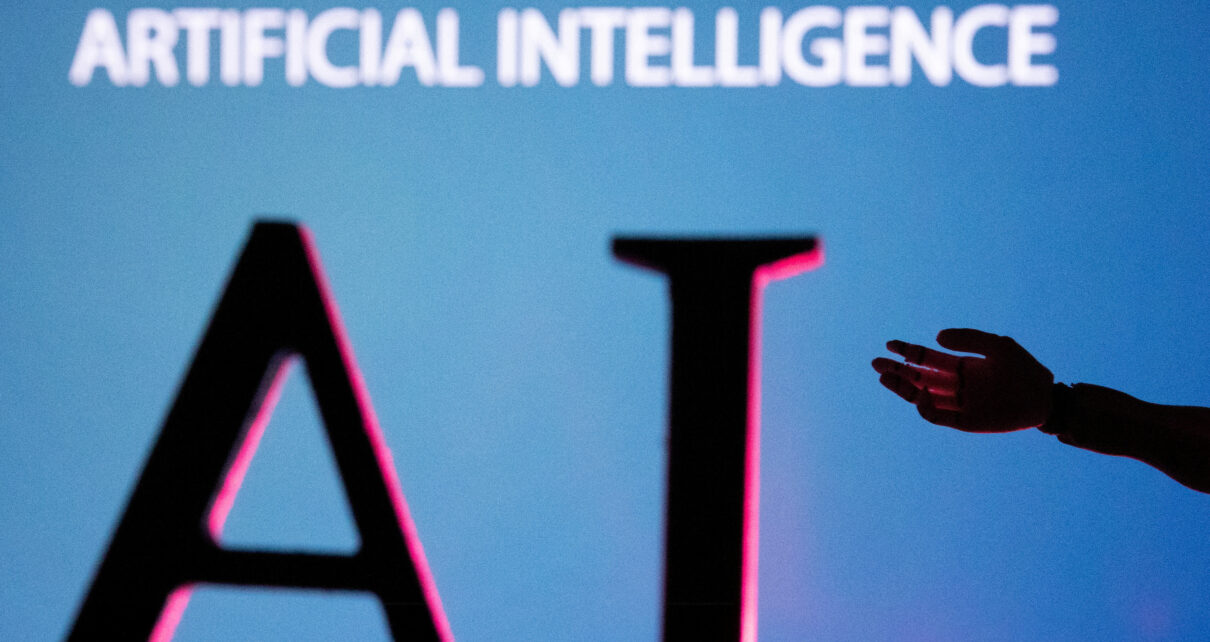Combating the Rise of Complex Drone Operations in Correctional Facilities
In recent years, the rapid proliferation of consumer drones has created a new and complex set of challenges for correctional facilities worldwide. Drones are being used to deliver contraband such as cell phones, food, drugs, and weapons, posing serious threats to the safety and security of both incarcerated people and corrections staff. As these highly complex drone operations become more prevalent, there is a growing need for comprehensive airspace awareness to effectively counter this nefarious activity.
The Growing Treat of Drones
According to a U.S. Department of Justice report, illegal drone deliveries through correctional facilities have increased by 50% or more annually, a rate that shows no signs of slowing down. These deliveries pose immediate dangers to inmates, correctional staff, and surrounding communities, businesses, and schools. In one notable incident in 2021, a drone intended to drop drugs at a prison in virginia accidentally released its payload onto the grounds of a nearby high school. Fortunately, the contraband was intercepted before reaching any students,but the potential for harm in such situations is immense. Despite the Federal Aviation administration (FAA) Designating no-fly zones over many Federal Bureau of Prisons (BOP) facilities, staffing, shortages have made it difficult for prison officials to track and intercept drones effectively. This has led to an in creased reliance on drone tracking technology and data-driven insights to detect, protect against, and resolve drone threats .
The New Frontier of Drug Trafficking
Drones have significantly enabled drug traffickers. With the ability to bypass traditional security measures, drones can easily deliver cell phones, drugs,and other contraband items to inmates, allowing them to continue operating their drug enterprises from behind bars. This not only poses a significant threat to the safety and security of correctional facilities but also exacerbates the drug epidemic on the streets. As demonstrated in recent cases, such as the arrest of 43 people involved I a multi-state drug trafficking ring orchestrated by incarcerated individuals in South Carolina, using drones to smuggle contraband into correctional facilities has enabled inmates to maintain their drugs operations and expand their networks. This development demands urgent action and innovative solutions to protect both the integrity of correctional facilities and the well-being of the wider community.
Drones for Good
While drones operated by criminal enterprises present significant challenges for corrections, they can also be utilized for positive purposes when managed appropriately. Many local police departments use drones for search and rescue operations and on-site surveying of active emergencies,allowing first responders to accurately assess the situation and provide aid. Correction officials can employ similar tactics for crowd monitoring and lockdown situations. Additionally, as many correctional facilities face staffing, shortages and increasing inmate populations. Implementing drone defense management strategies can help ensure that airspace is screened for malicious drones while enabling the safe use of drones for beneficial, productive purposes.
Leveraging Data-Driven Insights
In the early days of consumer drone adaption, detecting and tracking drones was a considerable challenge, making it impossible to know how many drones drops went undetected. However, technological advancements now allow for real-time drone data and analytics, enabling enhanced, comprehensive airspace awareness. A cloud-enabled drone tracking network can be set up quickly and offers remote support, allowing staff to focus on internal security while the network monitors airspace activity. This gives the facilities direct visibility into the drone’s flight path, point of origin, and any previous airspace incursions.
The Future of Airspace Security
Technological advancements offer a solution as the correctional system grapples with the challenges of illegal drone deliveries. By harnessing drone data for decision-making and gaining enhanced visibility into the origins of drone threats, prison authorities and law enforcement agencies can work together to identify and prosecute those who use drones to traffic contraband, ensuring airspace remains clear and secure.
Educating the Public
Public awareness of the dangers of illegal drone operations in secure facilities is mission critical. Educating the public about the potential risks and consequences can discourage would-be offenders and promote a better understanding of responsible drone use. This can be achieved through public information campaigns, community outreach programs, and collaboration with drone manufacturers and retailers.
Regulatory Measures
Regulatory measures, such as designated no-fly zones and strict penalties for those who engage in illegal drone activities, can provide a strong deterrent for would-be offenders. Additionally, drone tracking and detection technology advancements will continue to play a vital role in combating the treats that pose potential harm to inmates, correctional staff, and surrounding communities These include improvements in radio frequency detection, artificial intelligence-based threat analysis, and secure communication protocols.
Navigating Complex Threats
The growing threats of contraband trafficking through correctional facilities requires a comprehensive and multi-faceted approach to airspace security. By leveraging drone tracking technology, data-driven insights, and collaboration between various stakeholders, prison and jails san achieve comprehensive airspace awareness and protect their facilities against the technology advances and evolves, so must the strategies and solutions employed to ensure the safety and security of correctional facilities and the communities they serve.







